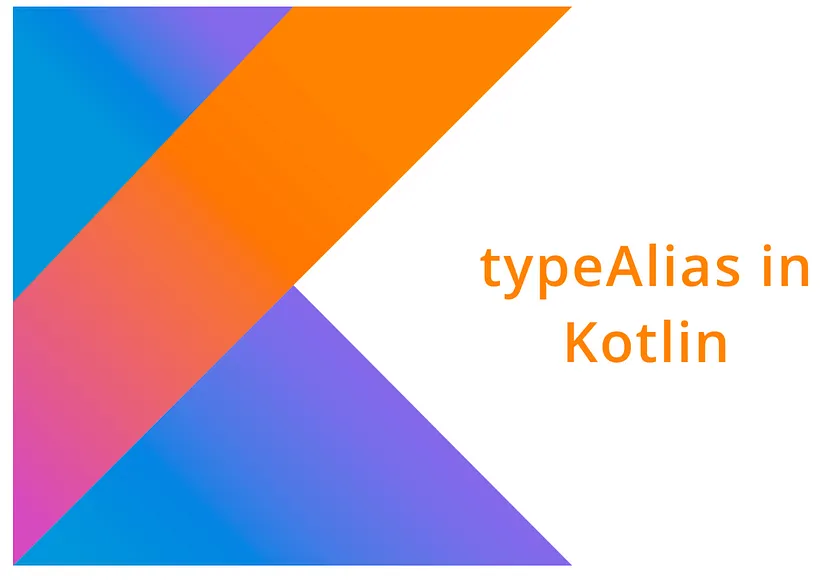React.js, often simply referred to as React, has become one of the most popular JavaScript libraries for building dynamic web applications. Developed and maintained by Facebook, React has revolutionized the way developers create user interfaces by promoting a component-based architecture. Whether you’re a seasoned developer or just starting out, this guide will help you understand the basics of React and how to get started with building your first application.
What is React?
React is a JavaScript library for building user interfaces. It allows developers to create reusable UI components, which are small, isolated pieces of code that represent parts of a user interface. React’s component-based architecture makes it easy to manage the state and behavior of complex UIs by breaking them down into simpler, reusable pieces.
Why Use React?
- Component-Based Architecture: React promotes a modular approach to development, allowing you to build encapsulated components that manage their own state. This makes your code more reusable and easier to maintain.
- Virtual DOM: React uses a virtual DOM to optimize updates. Instead of directly manipulating the browser’s DOM, React creates a virtual representation of the DOM and updates it in a more efficient way. This results in better performance, especially for complex applications.
- Declarative UI: With React, you describe how the UI should look at any given state, and React takes care of updating the UI when the state changes. This makes it easier to reason about your application and reduces the likelihood of bugs.
- Strong Community and Ecosystem: React has a large and active community, which means there are plenty of resources, libraries, and tools available to help you build your application.
Getting Started with React
To get started with React, you’ll need to have Node.js and npm (Node Package Manager) installed on your machine. If you don’t have them installed, you can download and install them from nodejs.org.
Once you have Node.js and npm installed, you can create a new React application using Create React App, a command-line tool that sets up a new React project with a sensible default configuration.



